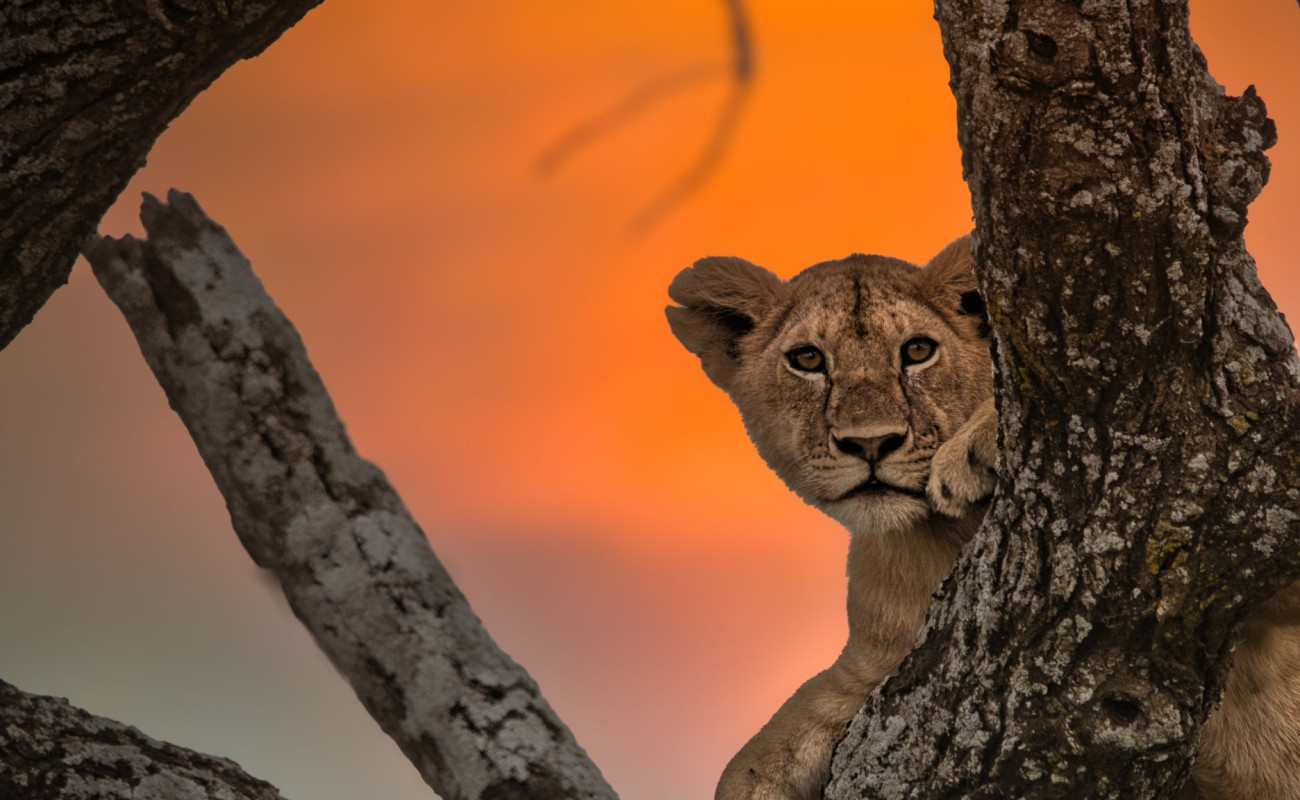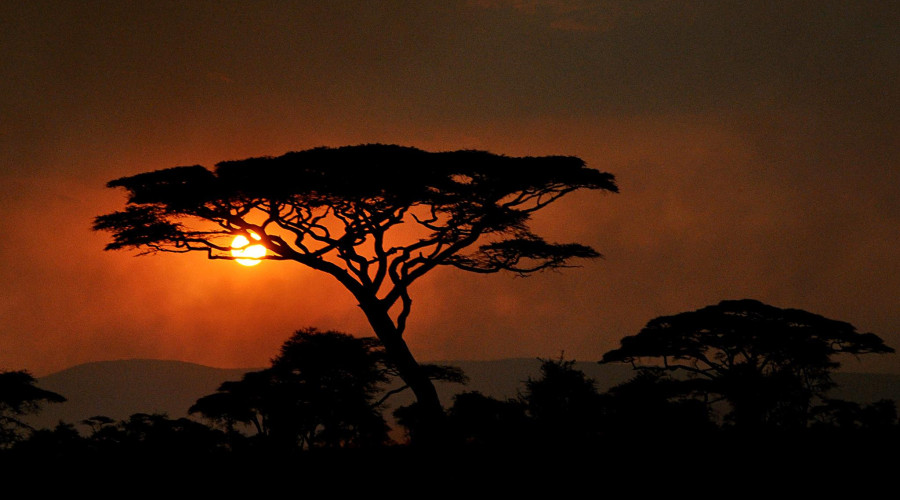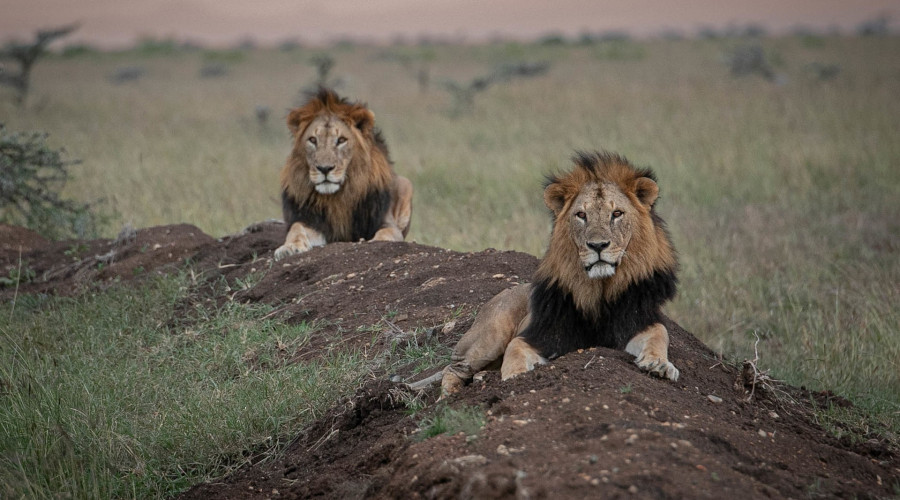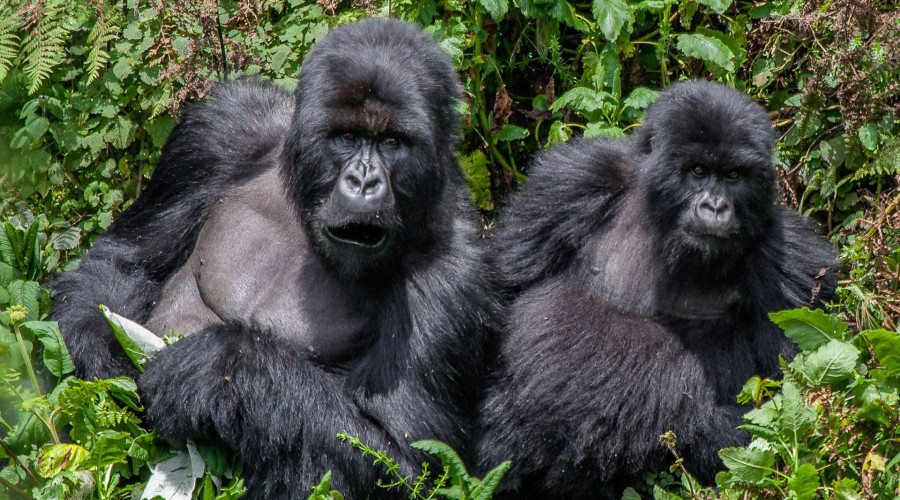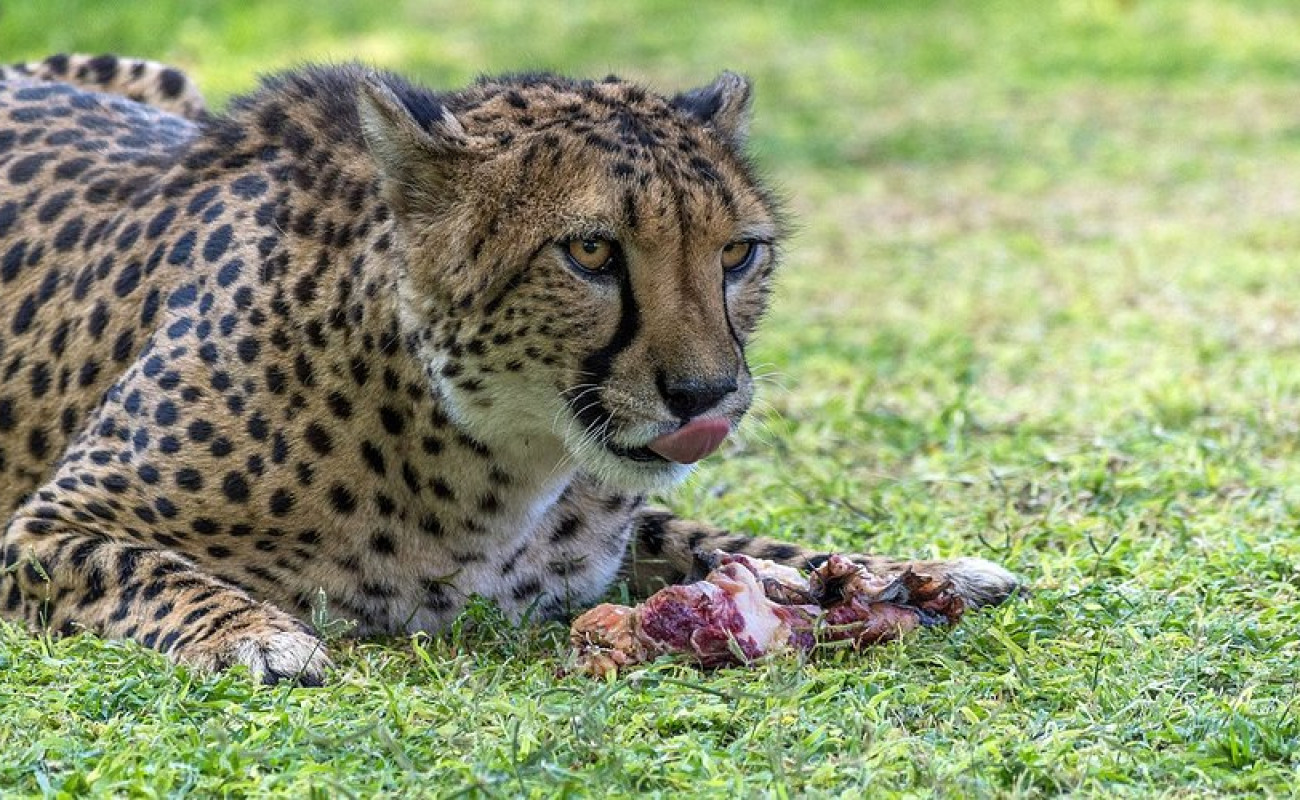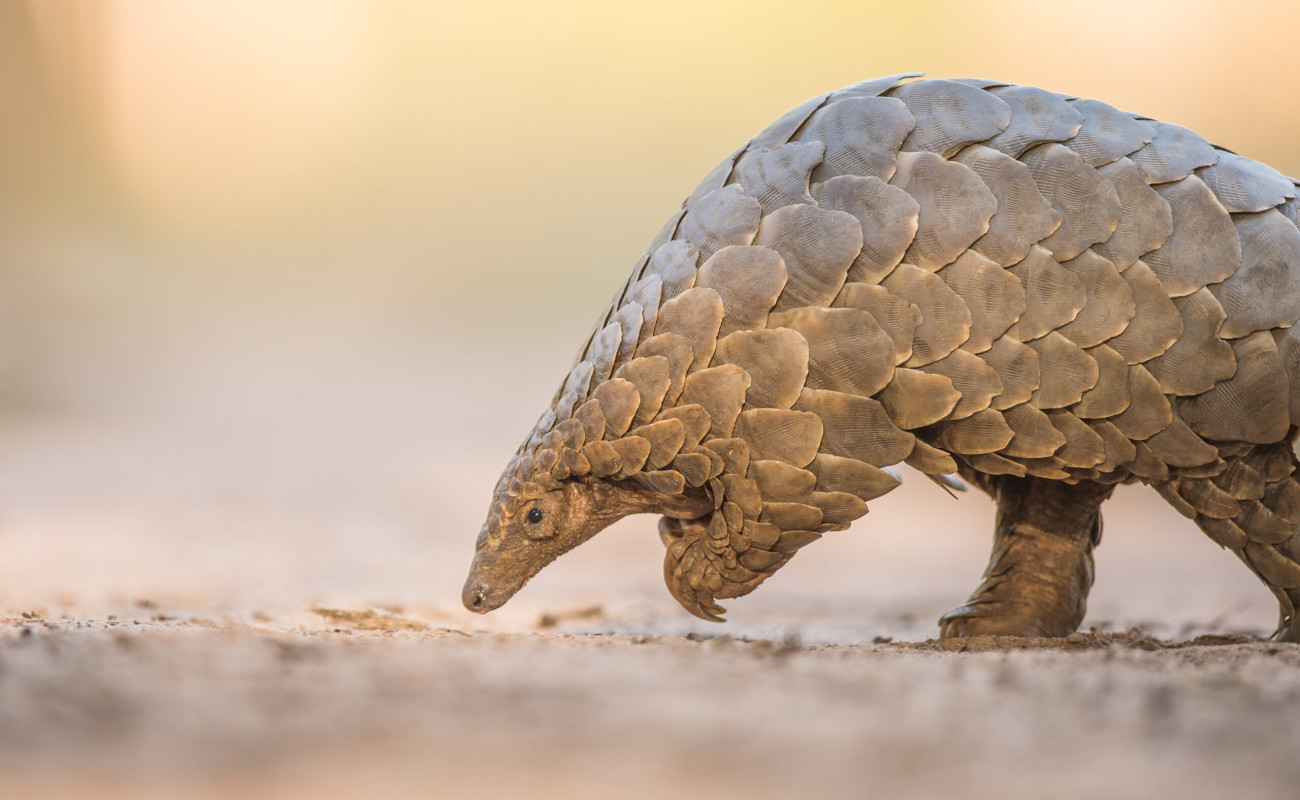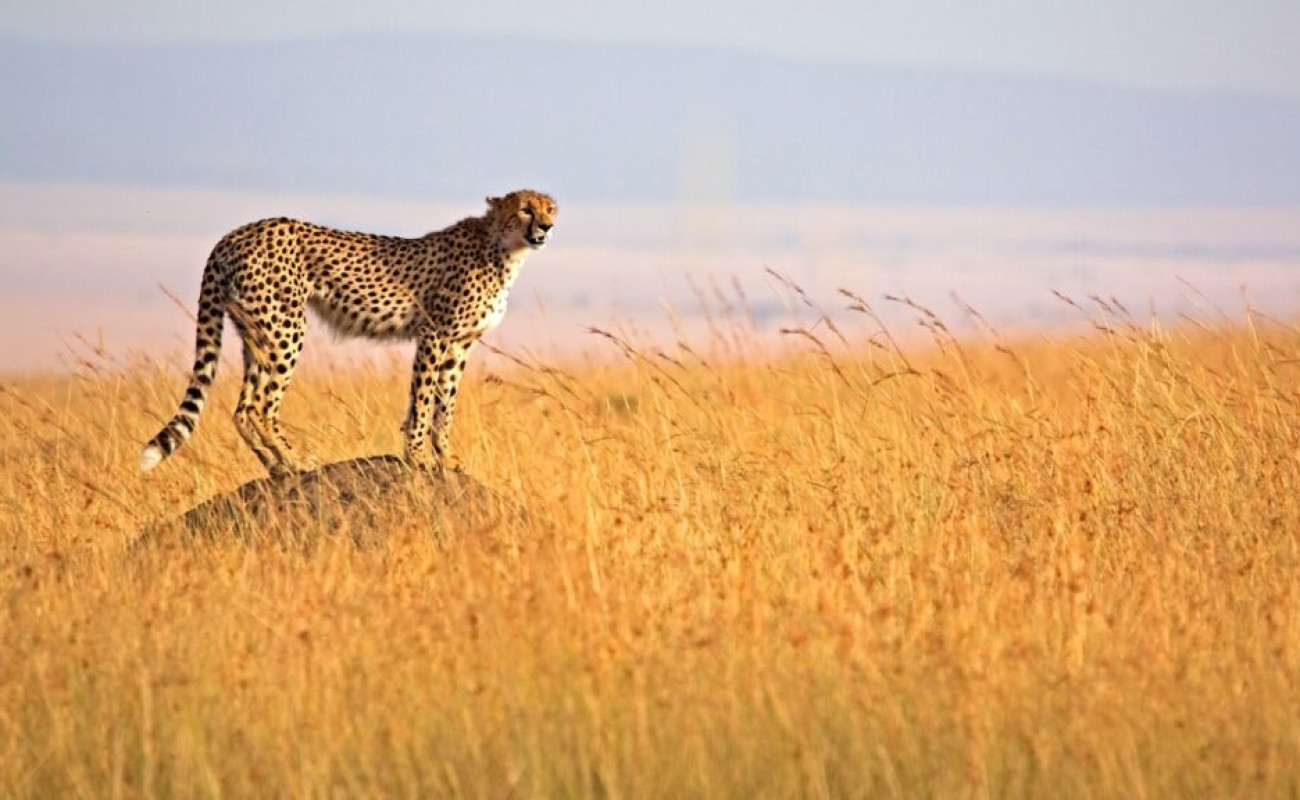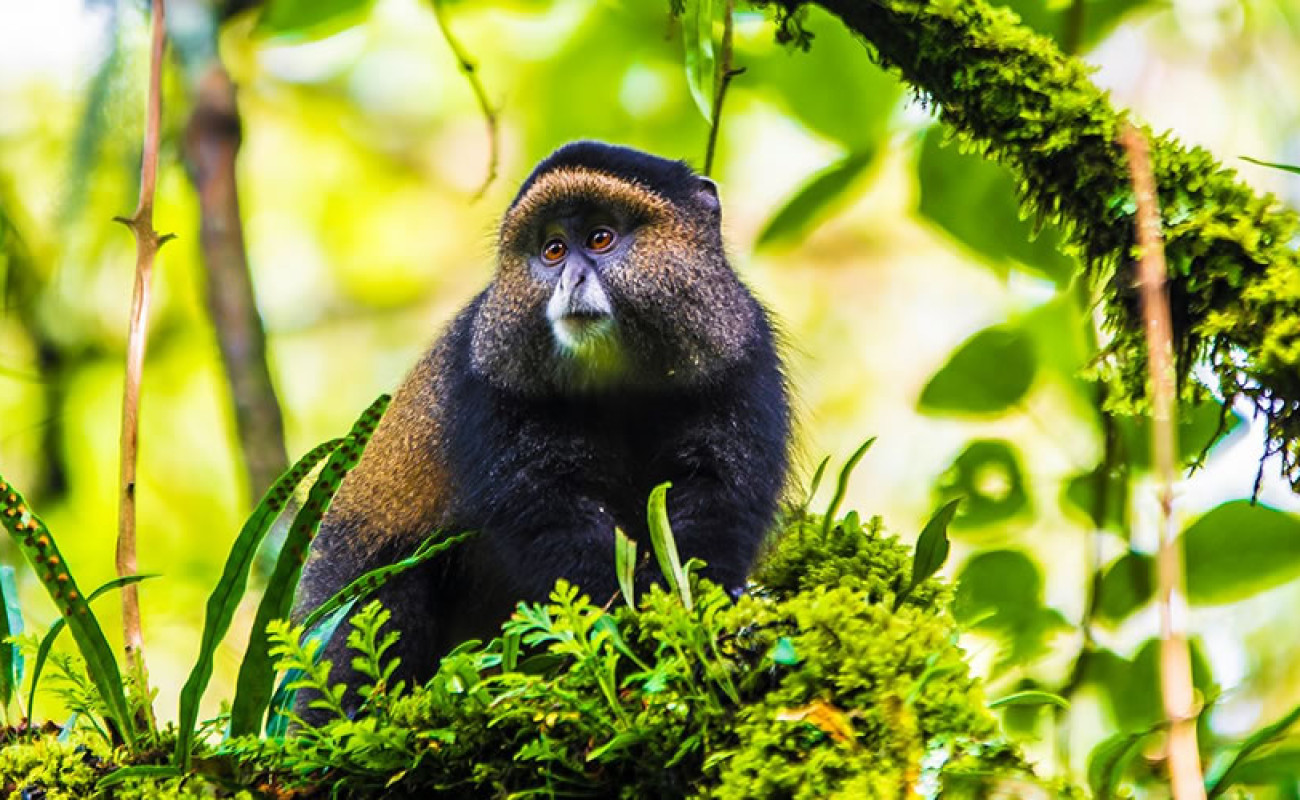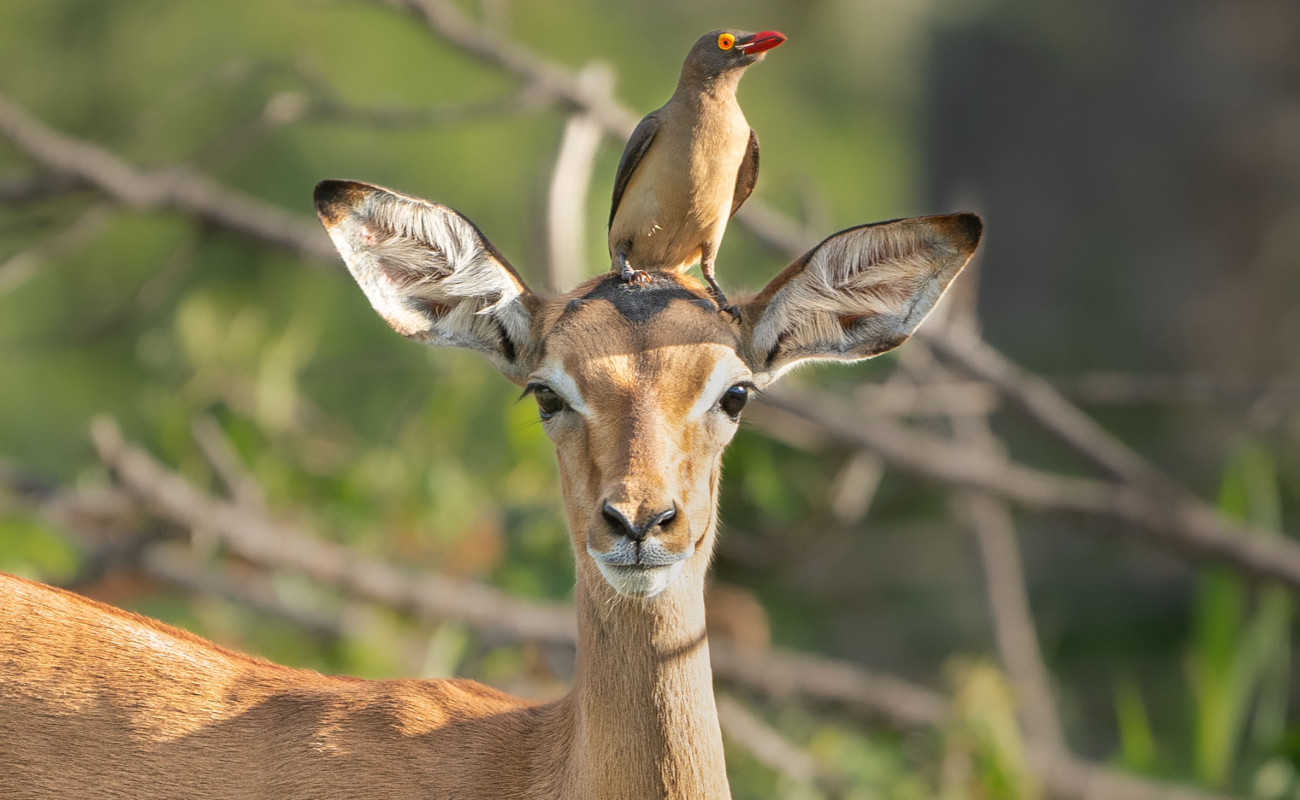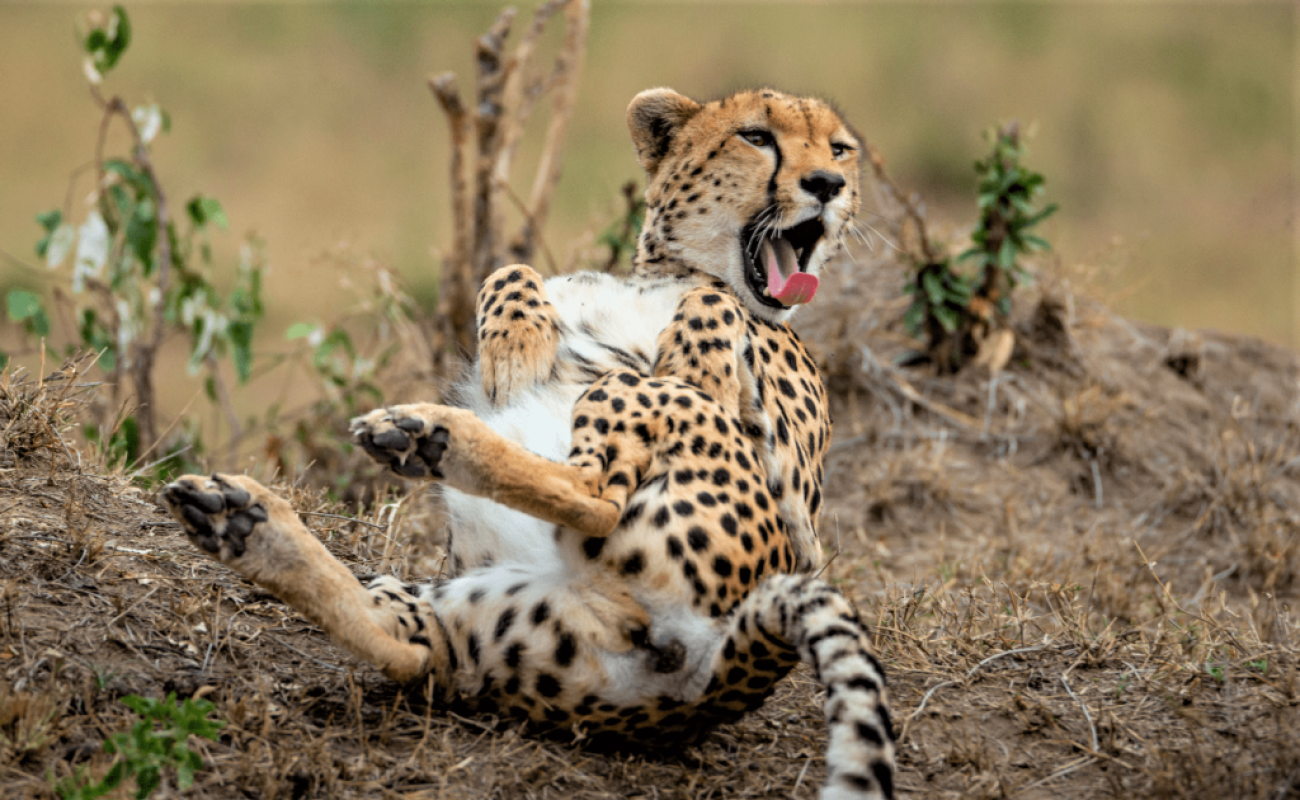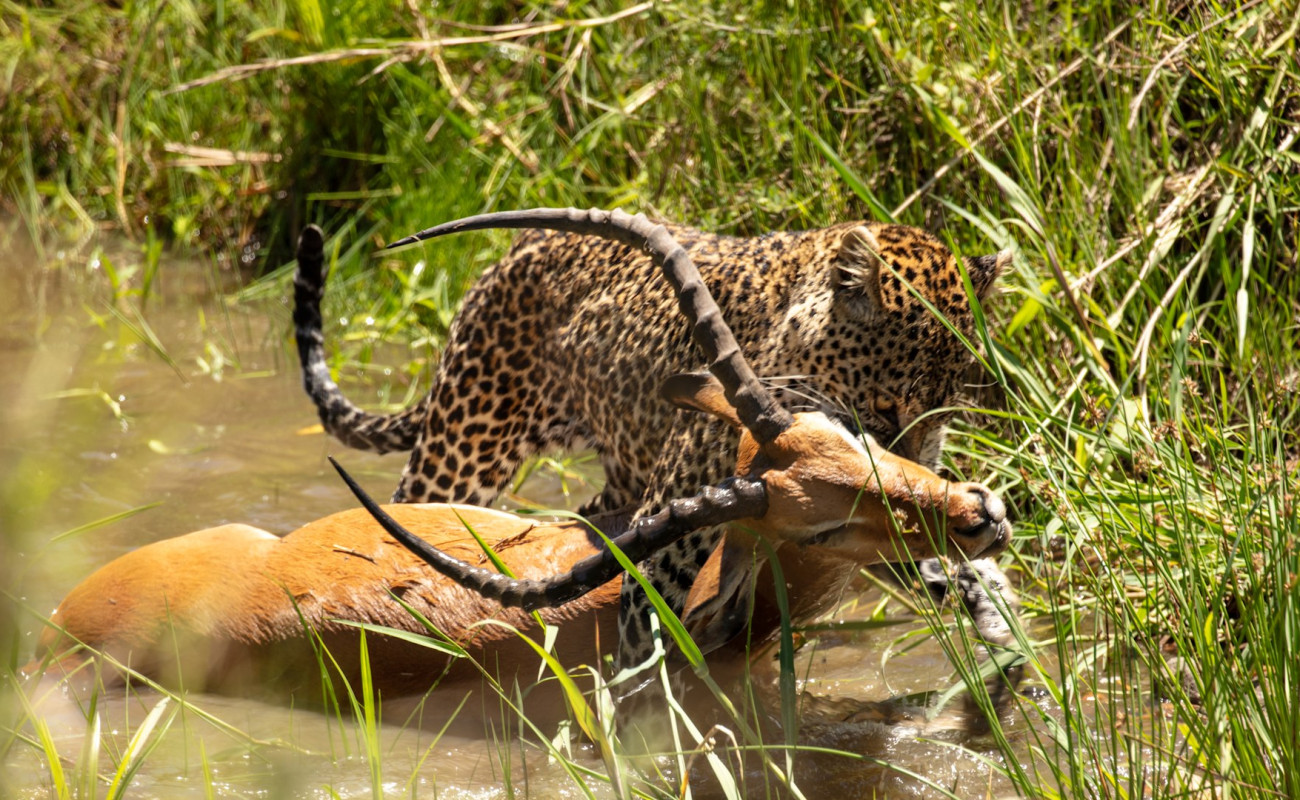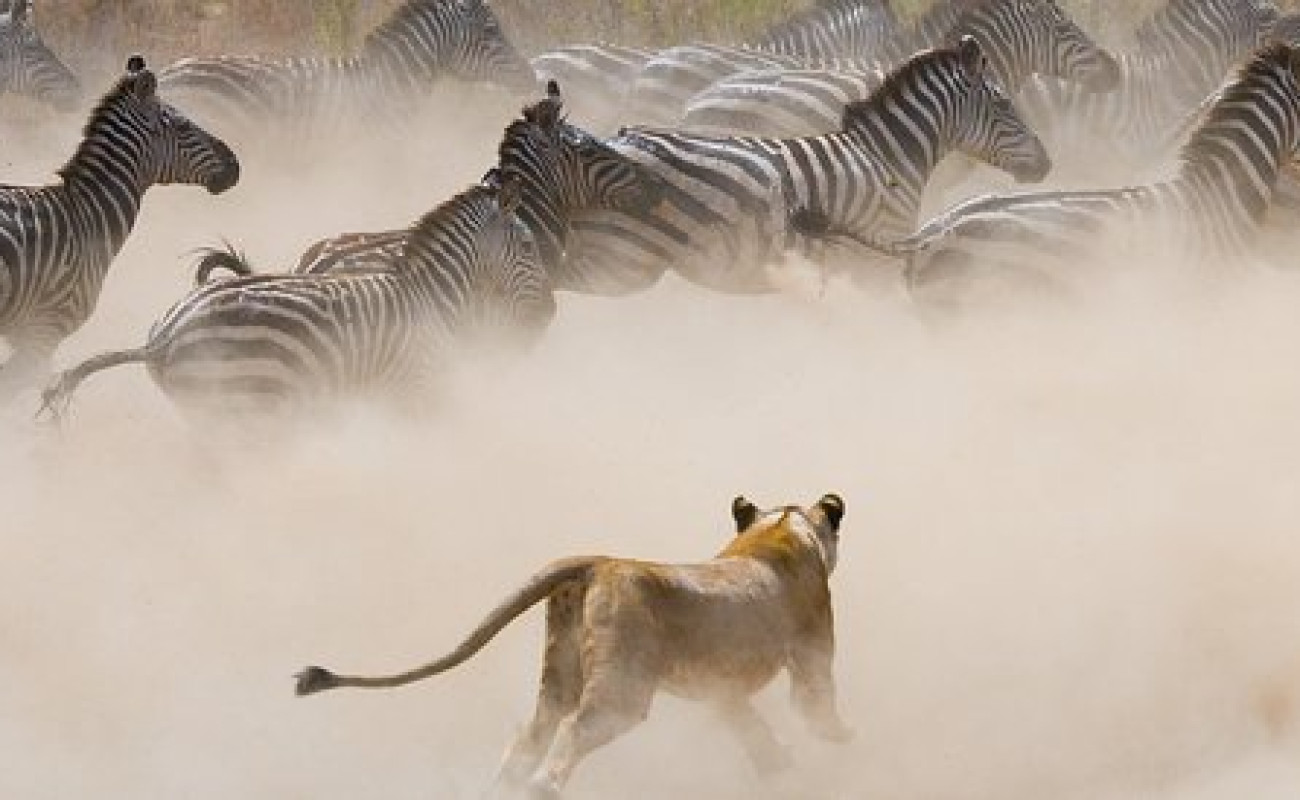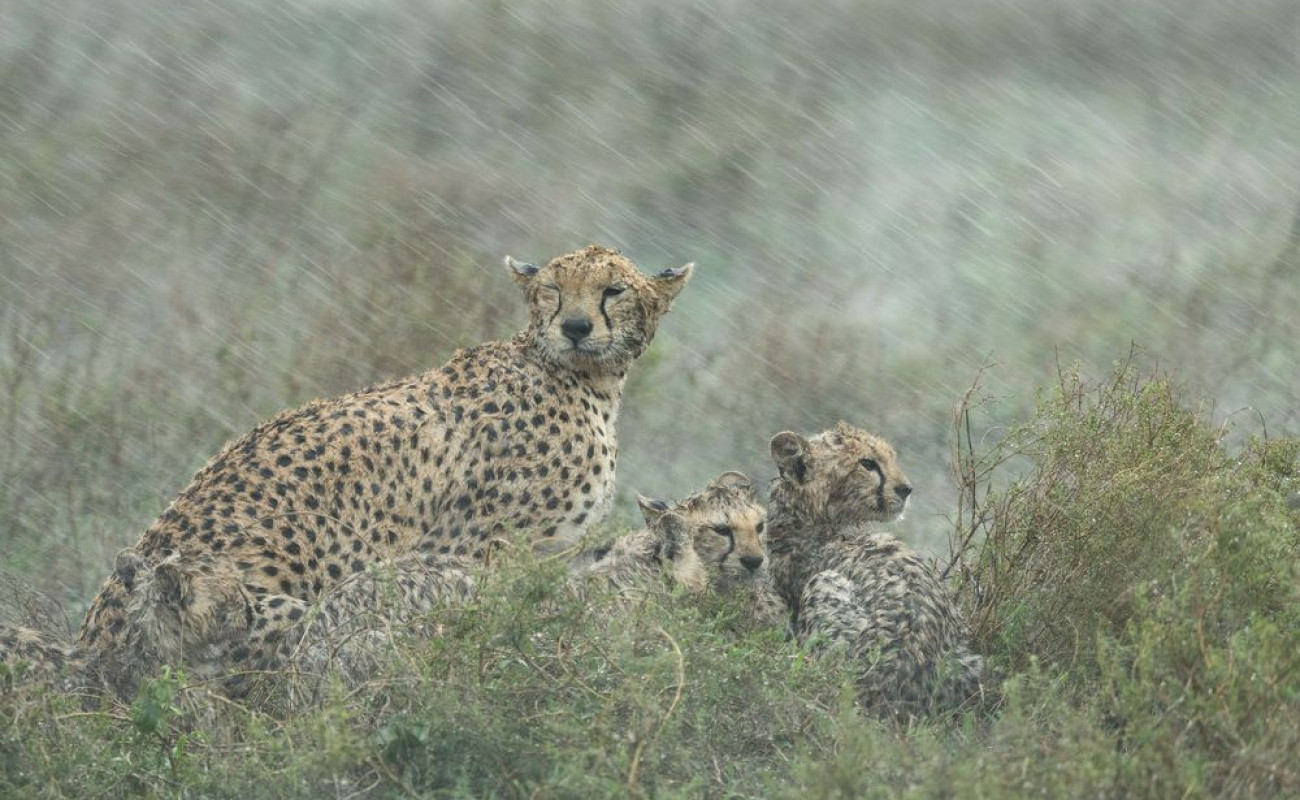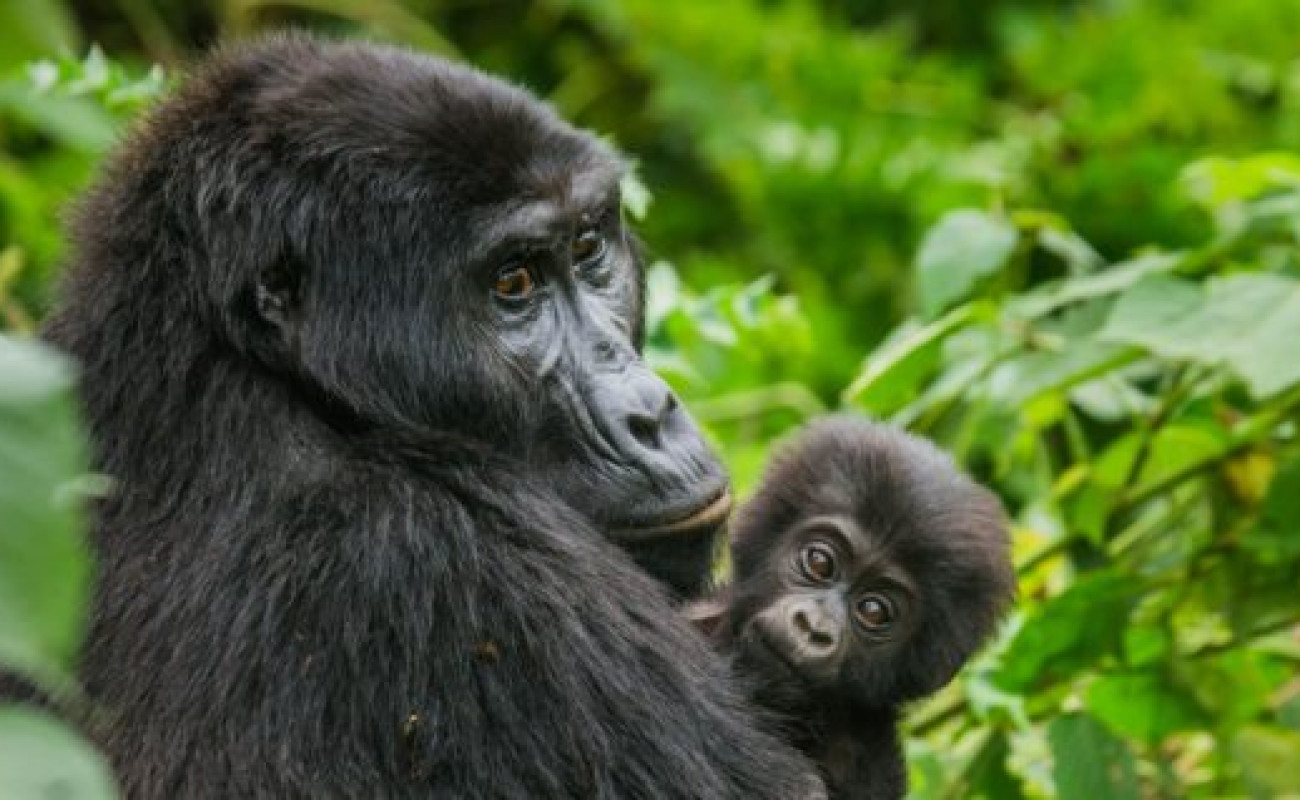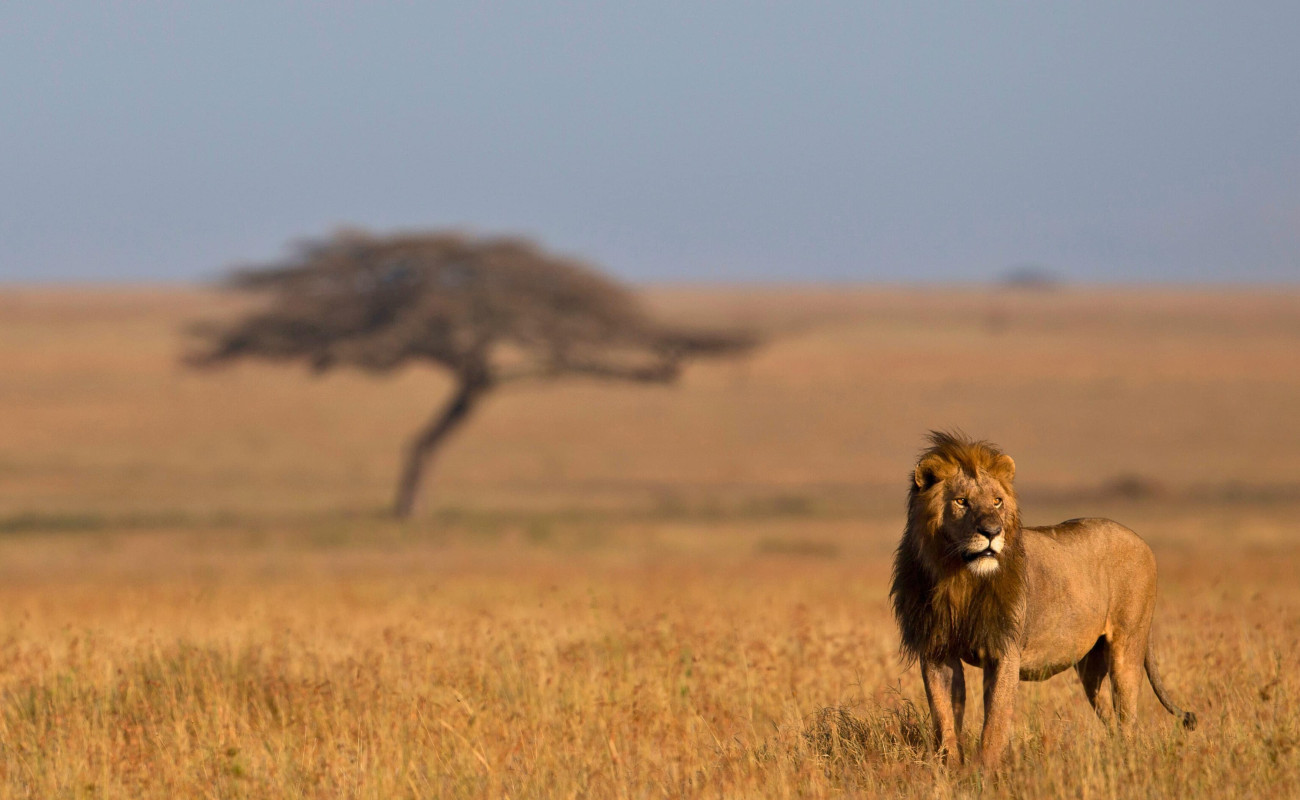A Forest Cloaked in Mystery
Bwindi Impenetrable Forest in southwestern Uganda is unlike the open plains of the Serengeti or the rolling savannahs of the Mara. Covering only three hundred and twenty-one square kilometers, Bwindi is dense, misty, and ancient. It is a rainforest where sunlight filters through thick layers of vegetation, casting green shadows across moss-covered trees, ferns, and vines. The air is damp and alive with sound: birds singing unseen, monkeys calling from the canopy, leaves rustling under the feet of tiny forest creatures.
This is not a place for expansive views or dramatic sunsets. Bwindi’s drama is intimate. It is felt in every footstep, every rustle in the undergrowth, and every glimpse of a shy, silverbacked gorilla. The forest itself tells a story, one that requires patience, reverence, and quiet observation.
Bwindi is world-famous for being home to nearly half of the remaining mountain gorillas on Earth. These gentle giants are the stars of the forest, each family a unique social unit with complex relationships and deep emotional bonds. Trekking to see them is an experience that engages all senses.
Hiking through steep, muddy trails, guided by trackers who read the forest like a book, travelers follow subtle signs: broken branches, nesting sites, or droppings that indicate a gorilla family’s presence. After hours of careful tracking, a sudden clearing reveals a silverback seated like an ancient king, eyes calm but alert. Around him, females groom one another, infants play clumsily, and the forest comes alive with subtle interactions that are impossible to capture fully in photographs.
The encounter is both thrilling and humbling. Unlike seeing predators chase prey on the plains, gorilla trekking in Bwindi invites reflection. You are a guest in a world that has existed for millennia, and your presence must be quiet, respectful, and fleeting.
Bwindi’s richness extends far beyond the gorillas. Bird enthusiasts can find over 350 species including the African green broadbill, the great blue turaco, and the enigmatic black bee-eater. Other primates such as chimpanzees, black-and-white colobus monkeys, and red-tailed monkeys inhabit the canopy. Reptiles, amphibians, and countless insects contribute to the forest’s biodiversity, creating a vibrant ecosystem in every corner.
Visitors can also explore the forest on guided nature walks, learning about medicinal plants, ancient trees, and the ecological relationships that sustain life here. Local communities provide cultural experiences, sharing stories, traditional crafts, and insight into living in harmony with one of the planet’s last remaining mountain gorilla habitats.
Bwindi is a triumph of conservation. Mountain gorillas were once on the brink of extinction due to habitat loss, poaching, and disease. Today, strict park regulations, ongoing research, and community involvement have helped their numbers slowly rise. Tourists play a crucial role by contributing to conservation fees, supporting anti-poaching initiatives, and creating sustainable income for local communities.
The people living near Bwindi understand the forest intimately. They rely on it for water, food, and medicinal plants while respecting the wildlife that draws visitors from across the globe. Programs that involve local communities in tourism management have transformed conservation from a distant ideal into a shared responsibility.
If the Serengeti is a sweeping epic and the Mara a dramatic chapter, Bwindi is the footnote that changes how you understand the entire story. It reminds us that not all greatness is measured in scale. Sometimes, the smallest and quietest places hold the deepest lessons. The gorillas teach patience, the forest teaches humility, and the experience teaches connection.
In Bwindi, the story slows down. You listen more than you speak. You observe more than you record. You feel more than you chase. And in doing so, you see the Serengeti and Mara differently, appreciating the interconnectedness of life, survival, and the landscapes that host it.
One early morning, mist clinging to every tree, I watched a young gorilla infant reach out with curiosity toward a guide’s walking stick. The silverback’s protective presence reminded everyone of the balance of care and caution that governs the forest. Nearby, a family of black-and-white colobus monkeys swung gracefully between branches, while a rare bird called in the distance. The forest felt alive with countless stories happening simultaneously, each subtle but meaningful. This is the power of Bwindi. The details are small, yet their impact resonates far beyond the forest.
Bwindi may be the footnote, but it is indispensable to the story of East Africa. Experiencing its mystery, its gorillas, and its biodiversity transforms the way you see wildlife and conservation across the continent. Combined with the endless story of the Serengeti and the dramatic chapter of the Mara, it completes a journey that is rich, layered, and unforgettable.
At Eagle Soul Adventure, we invite you to immerse yourself in the full story. Witness the Serengeti’s vast plains, feel the drama of the Mara, and experience the intimacy of Bwindi’s misty forests. This is more than a safari. It is a journey that connects you to life itself, teaching patience, humility, and reverence for the wild.
